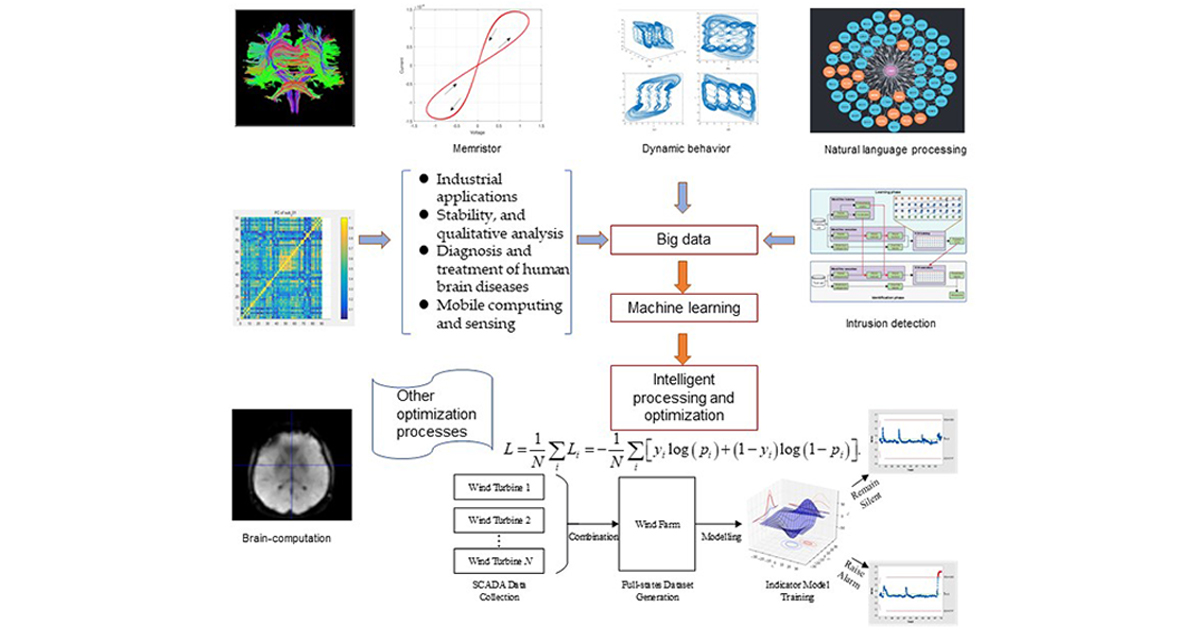- 2.8Impact Factor
- 5.5CiteScore
- 16 daysTime to First Decision
Machine-Learning-Assisted Intelligent Processing and Optimization of Complex Systems
This special issue belongs to the section “Process Control and Monitoring“.
Special Issue Information
Dear Colleagues,
The modern world depends more on technology than ever before. A huge amount of data is generated and gathered with the large implementation of booming technologies such as the Internet of Things and cloud computing. Although data can be used to better serve the corresponding business needs, intelligent processing often poses major challenges. The key problem with the traditional processing method is that it cannot fully extract the information contained in big data, and therefore, it cannot run intelligently according to needs. Intelligent processing through the use of machine learning is typically a collection of target-related data from different relevant sources, such as network behavior, database activity, application activity, user activity, etc., and algorithms are chosen to operate on these data to deduce the performance; as a result, the resultant machine-learning-based models can make intelligent decisions by analyzing data from the huge amount of cyber events. Therefore, machine-learning-assisted intelligent processing for big data has been integrated into several research types to develop intelligent data modeling systems that can meet the need for sustainability and maintenance in smart city infrastructure, brain computation, smart industrial applications, etc.
Based on the above, then, we can conclude that machine-learning-assisted intelligent processing and optimization for complex systems would be able to alter the future of many applications and industries because of their data learning capabilities and could play a major role in the domain of AI-driven systems.
This Special Issue seeks high-quality works focusing on the latest novel advances in modeling technology for both machine-learning-assisted intelligent optimization and its applications. Topics include but are not limited to:
- Machine-learning-based intelligent processing used in complex manufacturing system modeling;
- Metaheuristic algorithms for system identification and optimization;
- Multisource data fusion for complex industrial systems;
- Mobile computing and sensing for real-time system simulation;
- Distributed multiagent modeling algorithms and their industrial applications;
- Industrial applications of complex system theory;
- Data-driven intelligent modeling for brain computing;
- Stability and qualitative analysis of complex networks;
- Malware detection and classification for industrial control systems;
- Diagnosis and treatment of human brain diseases based on intelligent dynamic modeling;
- Other related topics.
Prof. Dr. Xiong Luo
Dr. Manman Yuan
Guest Editors
Manuscript Submission Information
Manuscripts should be submitted online at www.mdpi.com by registering and logging in to this website. Once you are registered, click here to go to the submission form. Manuscripts can be submitted until the deadline. All submissions that pass pre-check are peer-reviewed. Accepted papers will be published continuously in the journal (as soon as accepted) and will be listed together on the special issue website. Research articles, review articles as well as short communications are invited. For planned papers, a title and short abstract (about 250 words) can be sent to the Editorial Office for assessment.
Submitted manuscripts should not have been published previously, nor be under consideration for publication elsewhere (except conference proceedings papers). All manuscripts are thoroughly refereed through a single-blind peer-review process. A guide for authors and other relevant information for submission of manuscripts is available on the Instructions for Authors page. Processes is an international peer-reviewed open access monthly journal published by MDPI.
Please visit the Instructions for Authors page before submitting a manuscript. The Article Processing Charge (APC) for publication in this open access journal is 2400 CHF (Swiss Francs). Submitted papers should be well formatted and use good English. Authors may use MDPI's English editing service prior to publication or during author revisions.
Keywords
- intelligent processing
- machine learning
- optimization
- complex system

Benefits of Publishing in a Special Issue
- Ease of navigation: Grouping papers by topic helps scholars navigate broad scope journals more efficiently.
- Greater discoverability: Special Issues support the reach and impact of scientific research. Articles in Special Issues are more discoverable and cited more frequently.
- Expansion of research network: Special Issues facilitate connections among authors, fostering scientific collaborations.
- External promotion: Articles in Special Issues are often promoted through the journal's social media, increasing their visibility.
- e-Book format: Special Issues with more than 10 articles can be published as dedicated e-books, ensuring wide and rapid dissemination.

